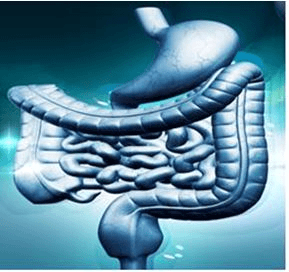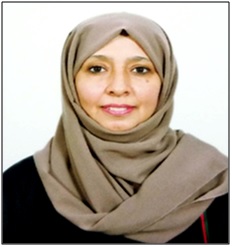SURVEY OF SAFETY PRACTICES IN DIARRHEAL TREATMENT CENTERS: CHOLERA TREATMENT CENTERS IN YEMEN
Keywords:
Cholera epidemic, DTCs, Survey, Safety Practices, YemenAbstract
Objectives: Monitoring of Diarrheal treatment centers (DTCs) was conducted so as to assess the quality of care and help draw evidence-based decisions on the current and future support of DTCs and other cholera prevention interventions.
Methods: This monitoring exercise was included 102 DTCs, data were collected by a trained team of 18 doctors, 18 nurses, and 2 supervisors during the month of June, 2019 to cover the center’s performance in the prior month i.e. May2019. Specially designed forms were used for data collection applying mixed methods: direct observation, record review, direct and phone interviews with the staff and patients as well as discussions with the health offices and community leaders whenever feasible.
Results: No more than 23% of DTCs have water for hand washing, showering and washing clothes at all times and in all important locations such as hand washers and toilets; and 76% have one toilet for every 50 patients, but only 57% of toilets are regularly disinfected. Hazardous practices ranged from 32 to 62% leading to cholera infection among 4 out of 10 health workers and 5 visitors of the DTCs. Around 27 % of the DTCs do not have a designated area to bury body excreta from severe cases; only 23% have an isolated area for the deceased. A high of 59% of designated staff are neither trained nor equipped to deal appropriately with dead bodies and only 39% of dead bodies are disinfected with chlorine solution 2%.
Conclusions: The DTC network provides much-needed services over the width of the country. Lives are being saved on a daily basis despite the ongoing conflict and other humanitarian interventions. However, despite the efforts made so far, there are remaining areas for the quality of the improvement, most importantly availing water and strengthening the infection control measures and preventions of hazardous practices.

Peer Review History:
Received 1 June 2020; Revised 9 July; Accepted 22 August; Available online 15 September 2020
Academic Editor: Essam Mohamed Eissa , Beni-Suef University, Egypt, dressamceutics@yahoo.com
, Beni-Suef University, Egypt, dressamceutics@yahoo.com
Ali Awadallah Saeed , National University, Sudan, alimhsd@gmail.com
, National University, Sudan, alimhsd@gmail.com
Dr. Wadhah Hassan Edrees , Hajjah University, Yemen, edress2020@gmail.com
, Hajjah University, Yemen, edress2020@gmail.com
Downloads

Published
How to Cite
Issue
Section

This work is licensed under a Creative Commons Attribution-NonCommercial 4.0 International License.









 .
.